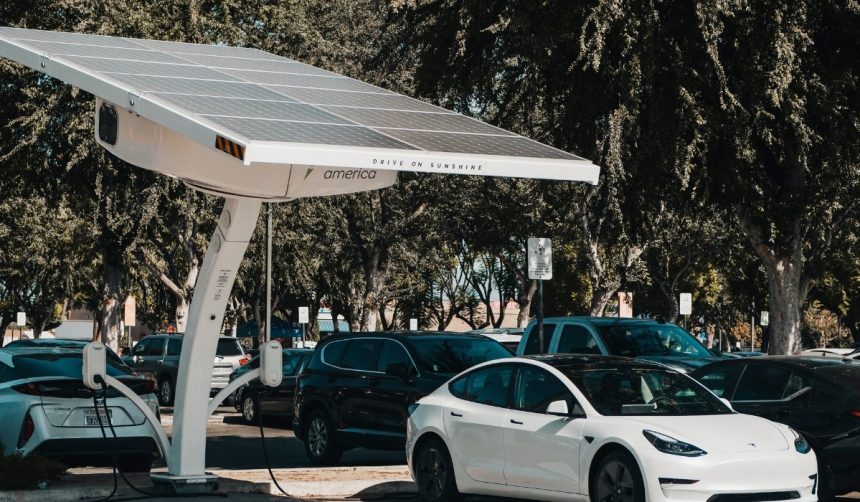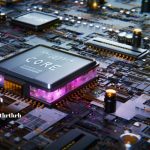Tesla’s much-anticipated Semi truck is nearing the start of initial production as the company finalizes the new facility adjacent to its Gigafactory in Nevada. The sight of assembled frames and vehicle components outside the plant signifies tangible progress, drawing attention from industry watchers and truck fleet operators alike. Companies such as PepsiCo, U.S. Foods, and Frito-Lay have already integrated test units of the all-electric Tesla Semi into their operations, reflecting wider interest in shifting towards electric freight solutions as production capacity increases.
Reports in early 2024 described Tesla Semi production as being constrained by battery supply limitations and regulatory hurdles; this contrasts with recent developments showing not just increased physical construction progress, but also an accumulation of vehicle parts on site. Earlier updates focused more on test fleets with PepsiCo and Frito-Lay, whereas the latest news highlights a movement toward full-scale manufacturing. Previous pilot programs placed strong emphasis on the Semi’s efficient long-haul capabilities and cost-benefit calculations, but the current focus is more concretely on factory readiness and equipment installation.
How Is Tesla Preparing the Nevada Facility?
Construction at the Nevada plant is advancing as crews recently completed enclosing the facility’s exterior. This milestone allows the company to begin the mechanical setup for assembly equipment required for mass production. Tesla’s team aims to install all necessary machinery in the coming months, which should streamline the process of finalizing the assembly line for the Semi.
What Has Early Testing Revealed?
Pilot runs conducted by partners such as PepsiCo have put the Tesla Semi’s performance to the test, with notable results such as a 1,000-mile distance covered in one day. These trials provide data and feedback for further development, as Tesla continues to refine both vehicle reliability and operational cost effectiveness. The company currently restricts broader customer access, directing its limited supply to carefully monitored pilot programs for further optimization.
When Will High-Volume Production Begin?
Tesla anticipates that the first production builds will roll out by late 2025, followed by a ramp-up in early 2026. This schedule aligns with updates from executives such as Lars Moravy, who described the progress on the factory and provided insights into Tesla’s approach to maintaining cost efficiency for customers. The alleviation of U.S.–China tariffs has recently enabled Tesla to arrange for further parts shipments, supporting the planned increase in assembly pace for both the Semi and other electric models like the Cybercab.
Tesla’s concerted push toward Semi production marks a significant step for electric heavy-duty transport, especially as established freight customers report successful, extended trial runs. The evolving factory infrastructure in Nevada underlines the manufacturer’s strategy to control production variables and meet growing commercial demand. The planned factory ramp-up and recent supply chain developments reflect Tesla’s effort to secure a competitive edge in electric freight. Potential buyers and industry analysts are closely watching how the Semi’s cost of ownership and operational efficiencies compare to diesel competitors when mass delivery begins. Staying informed about Tesla’s manufacturing timelines and supply chain management will help logistics firms and fleet operators plan for future vehicle acquisition. Shifts in regulatory climates, such as changes in trade tariffs, may also impact component availability and pricing structure for upcoming electric vehicles.










